I’ve been working on a series of photographs all made from the same location. I may move my tripod a few feet, but, since the hills which are the subject are several miles away, there is no discernible effect, other than my being able to point the camera in slightly different directions because of foliage in the foreground. I started out taking pictures around the house, but for the last month have been shooting exclusively out the window of my studio.
So what can vary? The weather and the sun angle make huge differences. In addition, I can select the lens focal length, point the camera in various places – within some pretty tight limits, unless the focal lengths are longish, choose between IR, color, or B&W, and choose the exposure time.
Not a lot of options, huh? Au contraire, there are so many I haven’t been able to do much more than scratch the surface in the time I’ve been doing this. I am currently experimenting with long exposures. The technical challenges are many. I can’t use bulb because the Sony a7x bulb setting turns the camera into a device with 12-bit raw precision and increased read noise, and with IR I have to boost contrast a bunch, so I need all the DR I can get. I often want exposures longer than 30 seconds, so I’m starting to composite a sequence of shorter exposures. Atmospheric disturbances need to be dealt with, and it’s not obvious how to do the blending. ND filters are not made for use in IR, so I’m experimenting with different ones. Unfortunately, the variable ones just don’t work right, at least the ones I’ve tried, Heliopan and Singh-Ray. I feel like I’m just starting down that road.
I’m learning a great deal technically. I’m discovering how to estimate how bad the atmospheric disturbances are by using magnified view. I’m learning about the characteristics of each lens I’m using: the Zeiss 85/1.4, 100/2, and 135/2, and the Leica-R 180/3.4 and 280/4. I’ve earned that, no matter how much I like the flexibility, I can’t use a zoom lens, even the Nikon 200-400/4, and get the quality I want. (and I do want quality – I tried using an a7R and was defeated by the shutter shock, so I’ve ordered a second a7RII to send to LifePixel) I now know I can’t use the otherwise desirable Nikon 200/2, because it won’t stay focused on the same thing when the view in changed. I’ve experimented with several different intervalometers, and, while I haven’t found one that I’d call very good, I have one that is serviceable.
On the esthetic side, I’m learning the hills at a level much deeper and richer than I knew them when I started this project/ Even though they’ve been lurking outside my window for the 15 years I’ve lived here, I never really started to know them until I began spending three or four hours a day looking at them, either through the camera or in Lr or Ps. For 15 years I never considered them a photographic subject because they comprise a working cattle ranch, and are scarred, rutted, and battered with evidence of that use. Now I see the scars not as blemishes but as character marks like the lines on the face of an old man, and the images as documentation of that. Thus the images can be viewed from a distance on an esthetic level, and still be a trove of interesting detail examined up close. There is only one sign of use that I usually smooth over, a feature that I and my neighbors now refer to as the “crop circle”, which is a well-nigh-irresistible eye magnet.
What are the ultimate uses of the images? Because of the marks on the land, I think that a single image at a group show is not a good idea, since the viewer wouldn’t understand what the image was about. On the other hand, an entire exhibition devoted to the series would probably be boring to most, since the images are in some sense so similar to each other. Perhaps the best way to present the work would be a portfolio of a dozen images. I won’t know until I get farther along. I’d like to go through at least a complete set of seasons with this work before I move away from it.
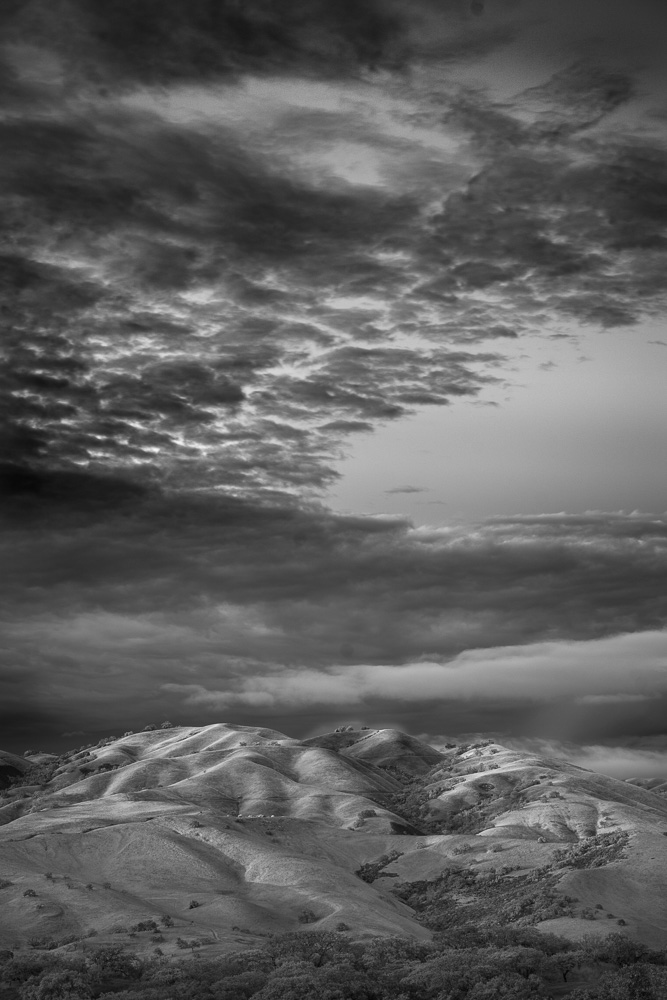
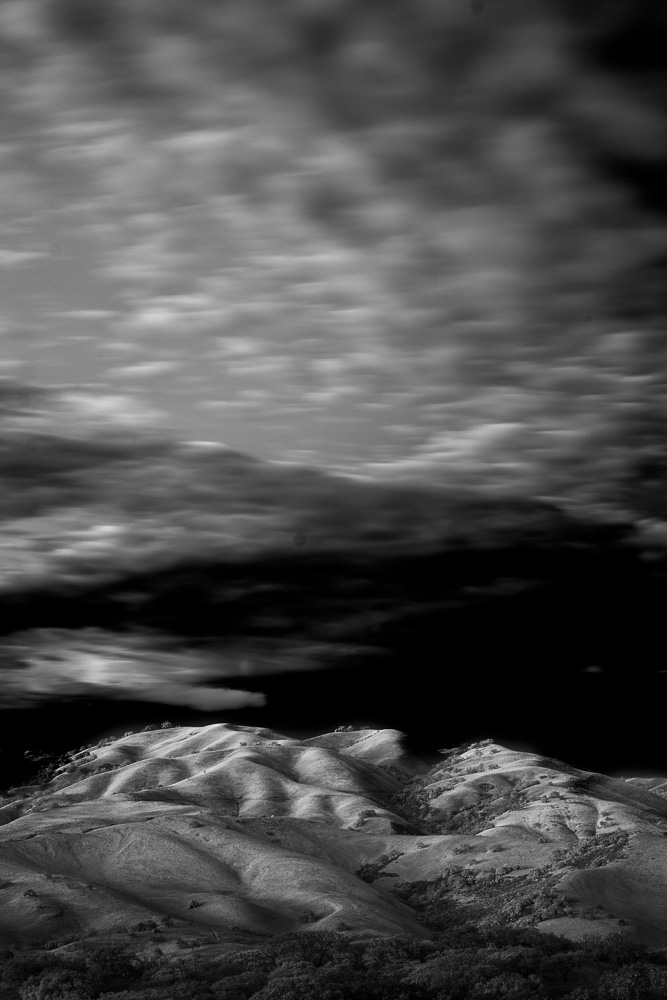
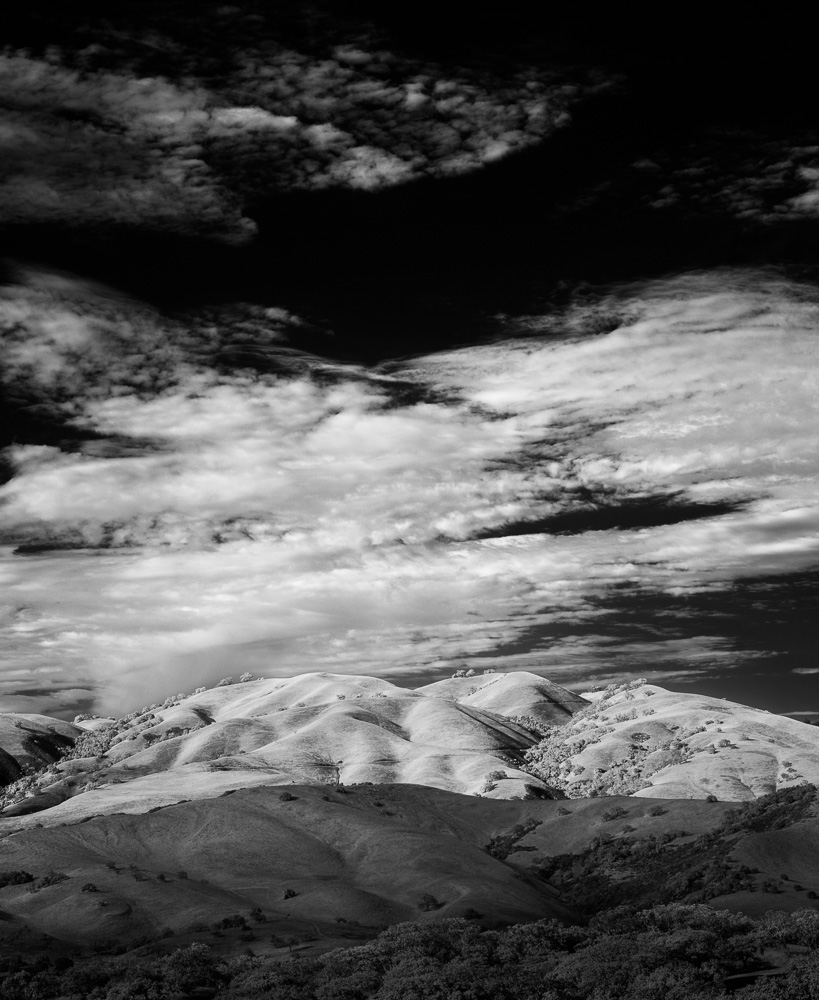
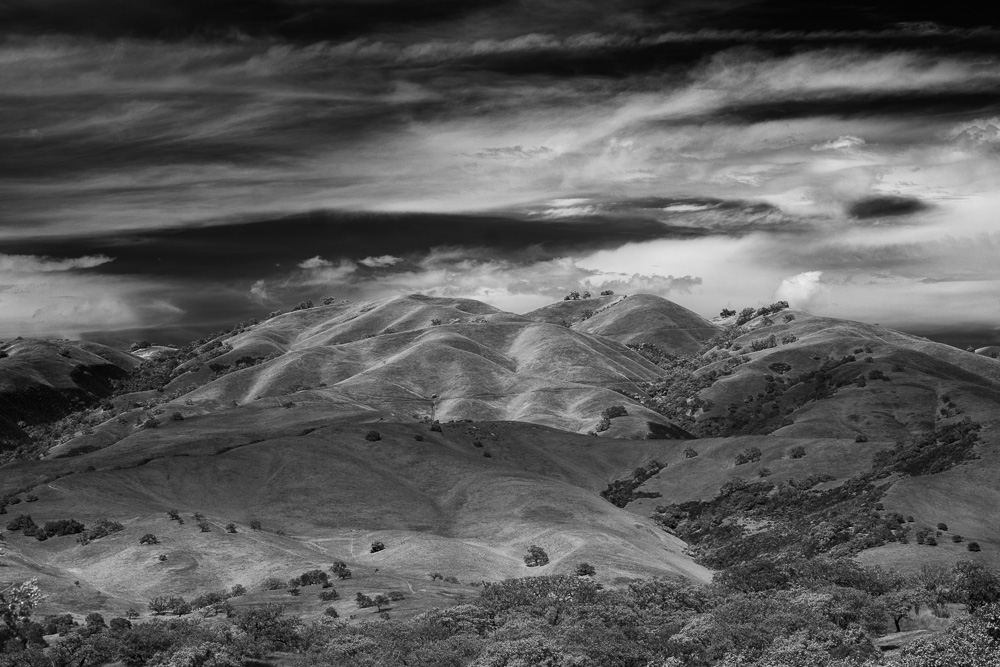
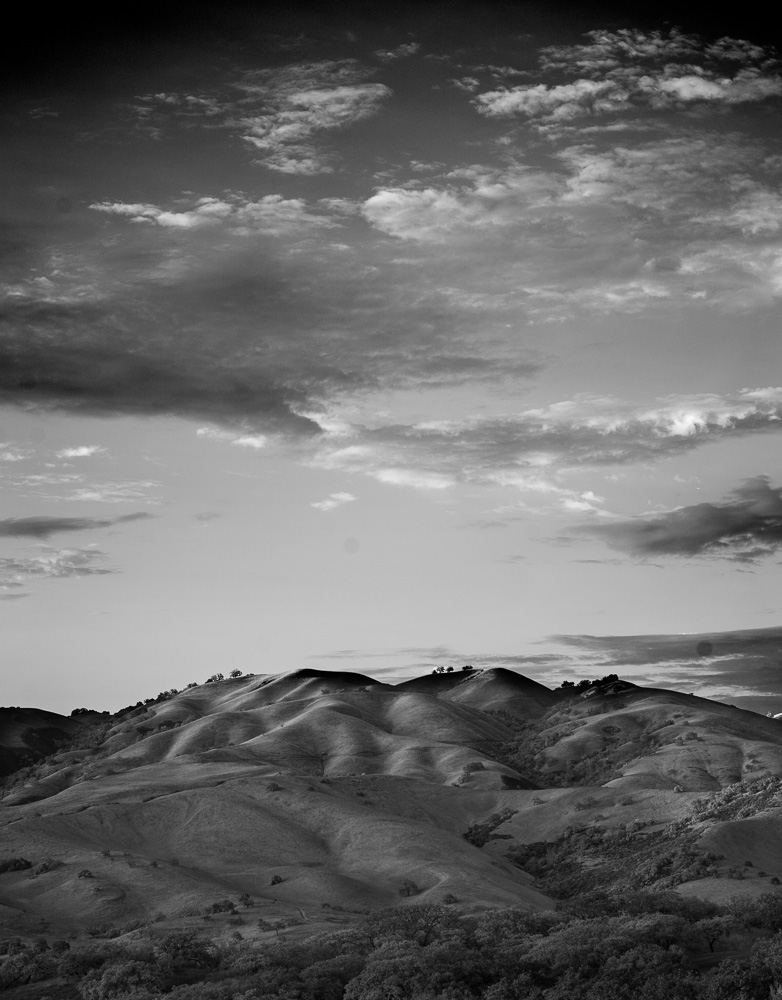
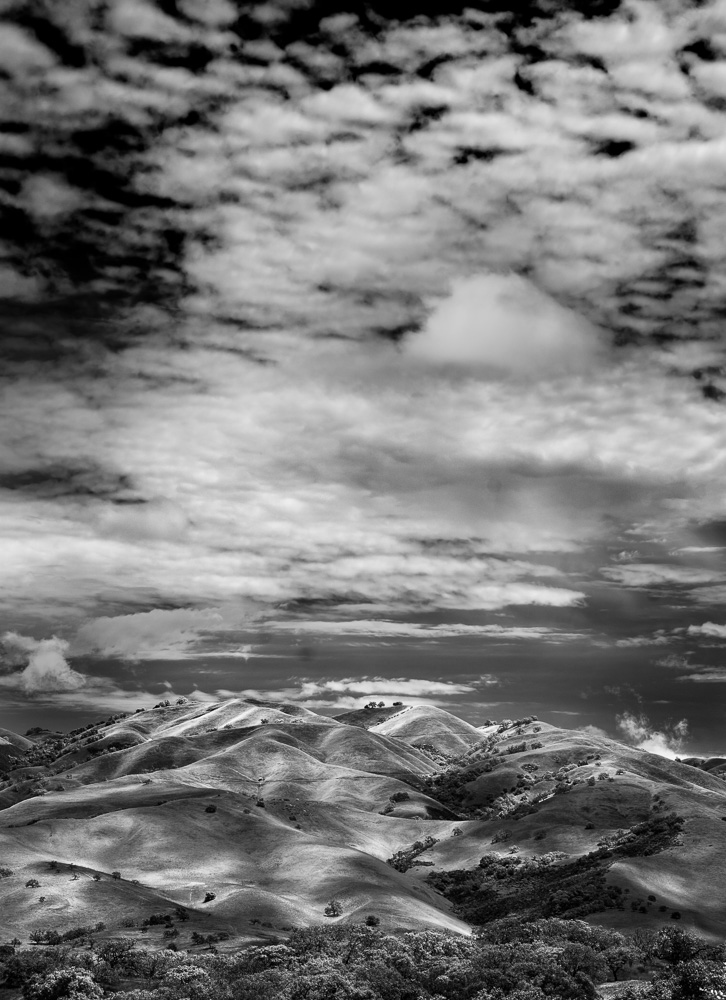
Andre Y says
Jim, if it’s not too much trouble, a blog article about the kinds of issues (200/2 focusing, intervalometer issues, lens personalities, etc.) you ran into would be very interesting. It’s not too often that we hear about the actual issues that photographers who are working at extreme levels of quality for real pictures run into. Often, it’s only synthetic scenarios done for some web review.
Jim says
I’ll work something up. Thanks for your interest.
Jim
Andre Y says
Thank you! Looking forward to it!
Herb says
You are spot on about the need to study one site. Good pictures are right in front of us but we don’t see them.
Yogi Berra: “you can see a lot by looking”
Tony Arnerich says
This comment caught my eye: “I’ve experimented with several different intervalometers, and, while I haven’t found one that I’d call very good, I have one that is serviceable”. Have you tried making your own? What I can’t buy, I’ll make if I can. My 1st had a GPS-referenced clock in order to sync to the central phase of a solar eclipse. Unit #2 will control two cameras to provide gapless coverage of lightning or meteor showers, with M-Up sequencing that satisfies the EFCS in the D810.